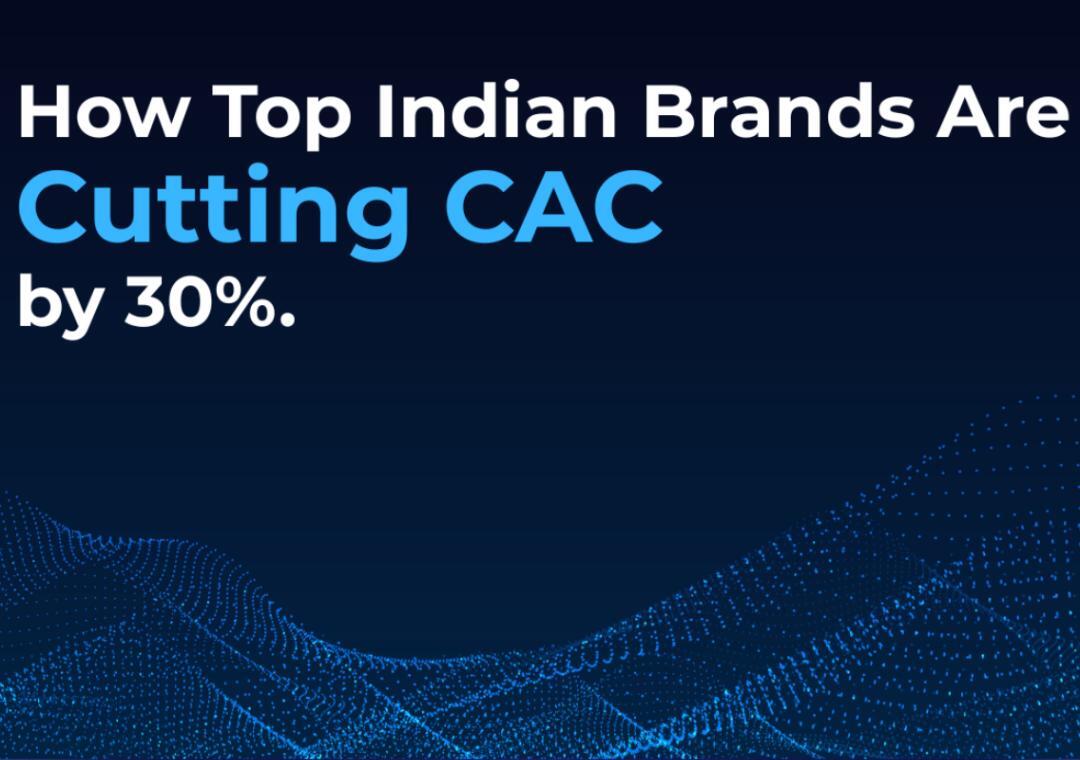
Indian Brands Slash CAC by 30% using AI
In today’s digital landscape, customer acquisition cost (CAC) is a major concern for e-commerce brands. As more and more businesses shift their focus to direct-to-consumer (D2C) models, the pressure to reduce CAC while maintaining growth has never been higher. Indian D2C brands are no exception, with many companies struggling to find the perfect balance between attracting new customers and keeping costs under control.
However, some Indian D2C brands have managed to crack the code, slashing their CAC by up to 30% using the power of artificial intelligence (AI). In this blog post, we’ll explore how these brands have achieved this impressive feat, and what lessons they can teach others.
The Problem: Blanket Campaigns and Low Conversion Rates
Traditionally, many e-commerce brands have relied on blanket campaigns to attract new customers. This approach involves bombarding potential customers with generic ads across various channels, hoping to capture their attention and convert them into sales. However, this strategy often results in low conversion rates, high CAC, and a lack of transparency in ad spend.
Indian D2C brands, in particular, face unique challenges in this area. With limited budgets and intense competition, they need to be highly efficient in their marketing efforts to stay ahead of the game. However, most Indian D2C brands still rely on traditional marketing strategies, which can lead to low ROI and high CAC.
The Solution: AI-Powered Predictive Signals
To overcome these challenges, leading Indian D2C brands have turned to AI-powered predictive signals. These signals use machine learning algorithms to analyze user behavior, preferences, and intent, providing a more accurate picture of high-intent users early in the funnel.
Intellsys, a leading AI-powered marketing platform, has been working with top Indian D2C brands to help them achieve significant reductions in CAC. By using Intellsys’ predictive signals, these brands have been able to identify high-intent users earlier in the funnel, reducing their CAC by up to 30%.
How AI Maps Micro-Moments Across the Journey
So, how does AI-powered predictive signals work? At its core, the technology uses machine learning algorithms to analyze user behavior and identify micro-moments across the customer journey. These micro-moments are critical moments when users are most likely to convert, such as when they search for a specific product or browse through a brand’s website.
By analyzing these micro-moments, AI-powered predictive signals can provide a more accurate picture of user intent, allowing brands to target high-intent users with more personalized and relevant ads. This approach has several benefits, including:
- Higher conversion rates: By targeting high-intent users, brands can increase their conversion rates and reduce waste.
- Improved ROI: With more accurate targeting, brands can achieve a higher ROI on their ad spend.
- Reduced CAC: By reducing waste and improving conversion rates, brands can reduce their CAC and achieve more efficient marketing.
Real-Life Examples of Indian Brands Achieving Success
Several Indian D2C brands have achieved significant success using AI-powered predictive signals. For example:
- A popular fashion brand reduced its CAC by 25% by targeting high-intent users early in the funnel.
- A leading beauty brand increased its conversion rates by 30% by using AI-powered predictive signals to identify high-intent users.
- A well-known food and beverage brand reduced its CAC by 20% by using AI-powered predictive signals to optimize its ad spend.
Lessons for Other Indian Brands
While these success stories are impressive, they also highlight the need for Indian D2C brands to adapt to the changing marketing landscape. Here are some key lessons that other Indian brands can learn from these success stories:
- Embrace AI-powered predictive signals: By using AI-powered predictive signals, Indian D2C brands can gain a competitive edge and reduce their CAC.
- Focus on high-intent users: By targeting high-intent users early in the funnel, Indian D2C brands can increase their conversion rates and reduce waste.
- Optimize ad spend: By using AI-powered predictive signals to optimize ad spend, Indian D2C brands can achieve a higher ROI and reduce their CAC.
Conclusion
Indian D2C brands are facing increasing pressure to reduce their CAC while maintaining growth. However, some Indian brands have managed to crack the code, slashing their CAC by up to 30% using AI-powered predictive signals. By embracing AI-powered predictive signals and focusing on high-intent users, Indian D2C brands can achieve more efficient marketing, higher conversion rates, and reduced CAC.
Source:
https://www.growthjockey.com/blogs/how-top-indian-brands-are-cutting-cac-by-30-with-intellsys




